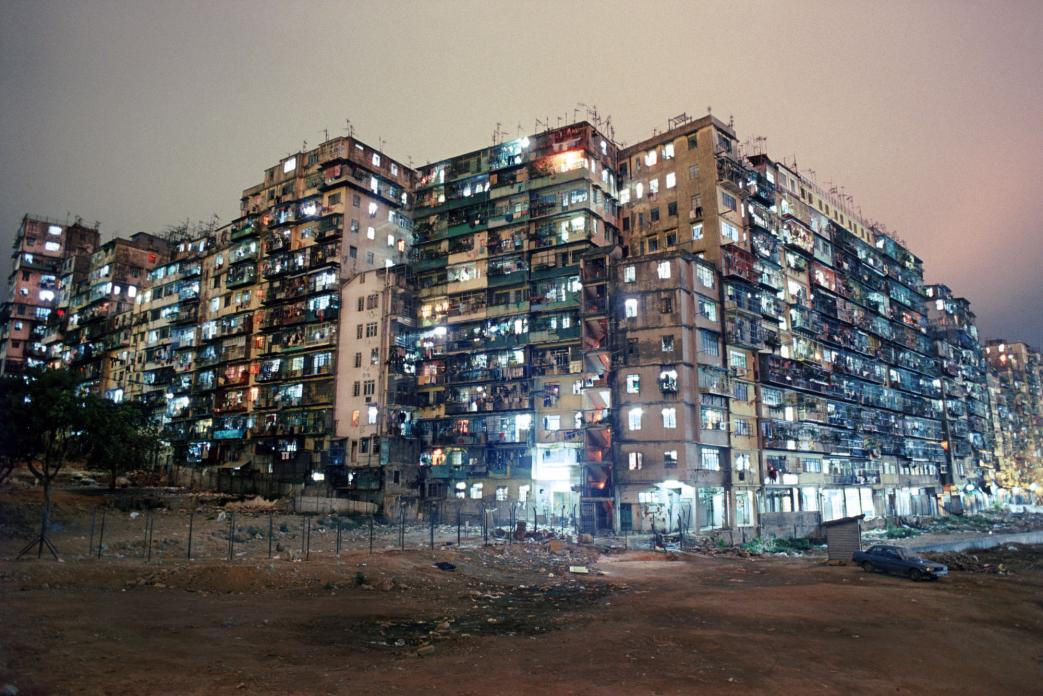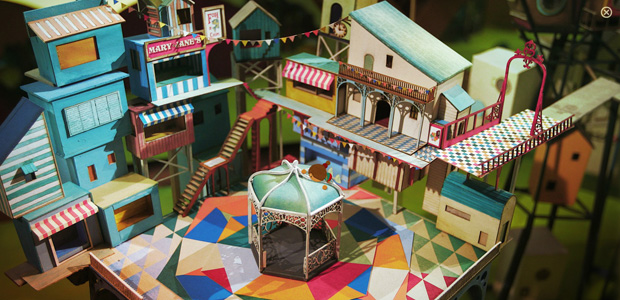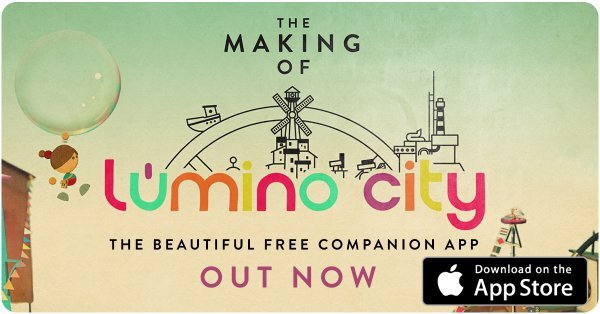State of Play Games: Keeping it Real
State of Play Games is a small, indepedent studio who bring hand-made paper models to a digital space. Their most recent games "Kami" and "Lumino City" have received numerous awards, including a BAFTA for artisitic achievement.
- South London indie game studio
- Self-publish all their games
- Interested in bringing hand-made, real world opbjects to a digital world
- Have always used real world footage, screenprints, watercolour paintings in animation work
 Headspin Storybook (2010) - Appstore
Headspin Storybook (2010) - Appstore
- Were always interested in storytelling, adventure puzzle games
- Grew up with games like Monkey Island, Day of the Tentactle
Lume (2011)
- First game made from handmade models
- You get things like shadows, textures, depth of field for free
Process
- Complicated and time-consuming, often had to go back and redo things
- Making things by hand breaks down the wall between intention and final artwork
- You get a more immediate representation of your work
- Viewer can more easily see the intention of the artist
- Work feels more human
This wasn’t so clear at the time, it just seemed like a fun challenge. There’s no tools available to do this kind of thing, we had to use like 4 different technologies at the same time. Let the idea rule how you use tools and not the other way around. People tend to think every game has to look the way unity plugins look like.
- Architecture experience from art college became useful for level design
- Originally wanted to make an entire city, focused on one house instead.
- Filmed the real model, brought it into a digital space
- Lumino released on Steam (2011), Appstore (2012)
- Invested the money into…
Lumino City
Same idea: handmade puzzle adventure, but 10x as big.
Designing the City
- Got help from a recent architecture graduate. Architecture is about how people interact with spaces (much like game design)
- Spent two months gathering material, working out ideas
 Kowloon walled city. Densely populated, ungoverned city outside Hong Kong, hundreds of appartments built on top of each other.
Kowloon walled city. Densely populated, ungoverned city outside Hong Kong, hundreds of appartments built on top of each other.
- Moved different scenes and bits of the city around on paper, no programming involved at this point
- Made a basic, 2d version as a proof of concept. Used that to do playtests, figure out if the puzzles work.
Making the Final Model

- Started out with basic sketches sketch, very simple cardboard prototypes
- Making a model and taking photos of it from different angles could tell us so much more than any sketch
- Devloped 2d concept art to find out colours, lighting
- Did experiments to find out how different paint looks on cardboard, which textures you get from different techniques. This made the rest of the project a lot easier.

- Used LEDs for lighting, lasercutting to create tiny details. Everything in the world had to actually function (lights, movement). Used microwave motors for moving parts, stop motion animation in some places.
- Metalwork: Made 50s style chrome caravan out of real metal. (Little mistakes and scratches and things you can’t get when you’re doing things digitally)
- Documented every step in the process, mostly for their own reference
- Film Day: Used motion control cameras to film the city. Since these are £2.500 a day, they had to shoot the entire thing in just one day
Kami
- Appstore
- Ran out of money to work on Lumino city after two years
- Had to make something smaller to keep the lights on, dedicated one day a week to it
- Launched it to great success (Editor’s Choice on the Appstore)
Launched Lumino City
- Steam, Appstore
- Won a BAFTA for artistic achievement (and tons of other awards)
- Took it to iOS and apple tv, go special treatment from apple
 The Making of Lumino City (2015) - Appstore
The Making of Lumino City (2015) - Appstore
Questions
Why do you self-publish your games, rather than working with a publisher?
- We want to keep as much artistic freedom as possible. Having a publisher puts you under pressure of making something that will please them because they’re the ones giving you money.
- Our process is really strange in some ways, we’re making paper models and sketches, and working on an entirely different project at the same time. This wouldn’t go well with the way publishers work, they often have monthly reviews and want to see constant progress and release the game on a certain day.
- We want to stay in control of how we market our game. It’s a very personal story so we felt it had to be us telling it.
- Also when we did work with a publisher once, they didn’t do a very good job and the game didn’t sell.
How did you manage to document your process and film everything you were doing on top of the work itself?
- Our developer would often pick up the camera and document things. Since he wasn’t working with the paper models, he had an outside perspective and could see things that were worth documenting.
- We had been using photographs of our prototypes from very earlt on in the process, so the camera was always lying around anyways. It felt natural to just continue taking photos along the way.
How big is your team?
Us two and our developer are the only full-time employees. But we often bring in other people on short term contracts for specific tasks. It’s always good to work with people who have different expertise than you. The great thing about the games industry is that people are very happy to share ideas and support each other. It’s not like product design were everyone is afraid other people will steal their ideas.
What you working on at the moment?
A couple of smaller puzzle games and one bigger project we can’t really talk about (But will likely anounce at London Game Festival)
Did you bring in a writer to write the story and dialogue for the game?
No, Luke wrote the script himself. This way we didn’t have to spend time to get our ideas across to someone else.
Are you gamers yourself, and do you play other games at all?
Guitar Hero, Journey, Shadow of the Collosus. Generally we like shorter, narrative driven games (Can’t be bothered to spend 40 hours in Assassin’s Creed)